The Metropolitan Museum of Art is one of New York’s preeminent attractions and one of the best art museums in the world. The expertly curated collection boasts some two million artifacts, making it the largest art museum in the United States. It would take you weeks to see it all! But what if you only have one day at the Met? Rather than racing around trying to cover every inch, I think it’s better to pick a few areas to enjoy more thoroughly. The Met collection is divided into seventeen departments, and it’s challenging to choose between them. To help you narrow things down, here are my recommendations on what to see at the Met.
Egyptian Art
The Met’s collection of Egyptian art is extensive, and over half of it comes from the museum’s own archaeological efforts in Egypt in the early 1900s. Mummies are on display along with elaborately painted coffins and “mummy boards,” which are wooden representations of the deceased. Other artifacts include wall murals, wooden models, sculptures, jewelry, and funerary objects. The exhibit’s piece de resistance is the Temple of Dendur, a gift from Egypt to the United States in 1968. The sandstone temple dates to the 15th century BC and is dedicated to the goddess Isis. The Egyptian wing’s labyrinthine floor plan makes it easy to get lost, a fact the ancient pharaohs would surely appreciate. (This museum map is very helpful.)
Greek and Roman Art
The wing of the Met dedicated to Greek and Roman art spans nearly 5,000 years. Larger-than-life statues of the gods take center stage, just as they would have in the lives of the ancient Greeks and Romans. My favorite is a marble sculpture of the Three Graces: Beauty, Mirth, and Abundance. There are busts and sarcophagi of the kings, and an astonishing assortment of glass and terracotta vases. You’ll also find colorful mosaics and murals unearthed from the ashes of Mount Vesuvius.
The American Wing
The Federal-style facade of the American Wing opens onto vast rooms filled with Shaker cabinets and Tiffany lamps. Pride of place goes to “Washington Crossing the Delaware,” an epic masterpiece by Emanuel Leutze and one of the best-known paintings in America. Another must-see is “Madame X” by John Singer Sargent. The portrait shows off so much of Madame Pierre Gautreau’s milky white skin that it caused a scandal upon its debut in 1884. Sargent only agreed to sell the painting on the condition that the lady’s name was protected.
Arms and Armor
The Met’s Arms and Armor department looks as though a medieval jousting tournament is about to begin. Knights on horseback prance under the flags of their kingdoms while highly armed guards stand by. The scene is so colorful, you expect to see ladies waving handkerchiefs on the balconies. Pieces of special note include a suit of armor worn by Henry II of France, ivory pistols made for Empress Catherine the Great of Russia, and Viking-era sword.
European Sculpture and Decorative Arts
Five hundred years of Western European art is represented in this department of the Met. Italian sculptures, French furniture, Flemish tapestries, and German porcelain highlight some of the best craftsmen from across the continent. Entire rooms have been reassembled, complete from plaster ceilings to wood-paneled walls, to demonstrate the refined elegance of the era. Don’t miss the collection of treasures from the House of Carl Faberge. Three Imperial Eggs are on display at the Met: the Danish Palaces Egg from 1890, the Imperial Caucasus Egg from 1893, and the Imperial Napoleonic Egg from 1912. These rare beauties were given to the wives and mothers of Russian czars as an Easter tradition. (Two more Faberge Eggs can be seen at the Hillwood Estate in Washington, DC.)
The most important Faberge piece is the Imperial Lily-of-the-Valley Basket from 1896. The basket holds nineteen golden stems of pearls and diamonds and was a gift from Czar Nicolas II to his wife, Alexandra.
European Paintings
No trip to the Met would be complete without a stop in the European Paintings wing. The French Impressionists are well represented, as are the Spanish and Dutch masters. Of the 34 known paintings by Johannes Vermeer, the Met has five. My favorite is “Young Woman with a Water Pitcher” for the rich blues and reds of the fabrics. Other famous paintings at the Met include “The Harvesters” by Pieter Bruegel the Elder, “The Death of Socrates” by Jacques Louis David, and “The Water Lily Pond” by Claude Monet.
Check out the museum’s website for opening hours and ticket prices. I’ve found that the best times to visit the Met are weekday mornings and during the extended evening hours on weekends.
PIN this blog for future reference!
What would you most like to see at the Met?
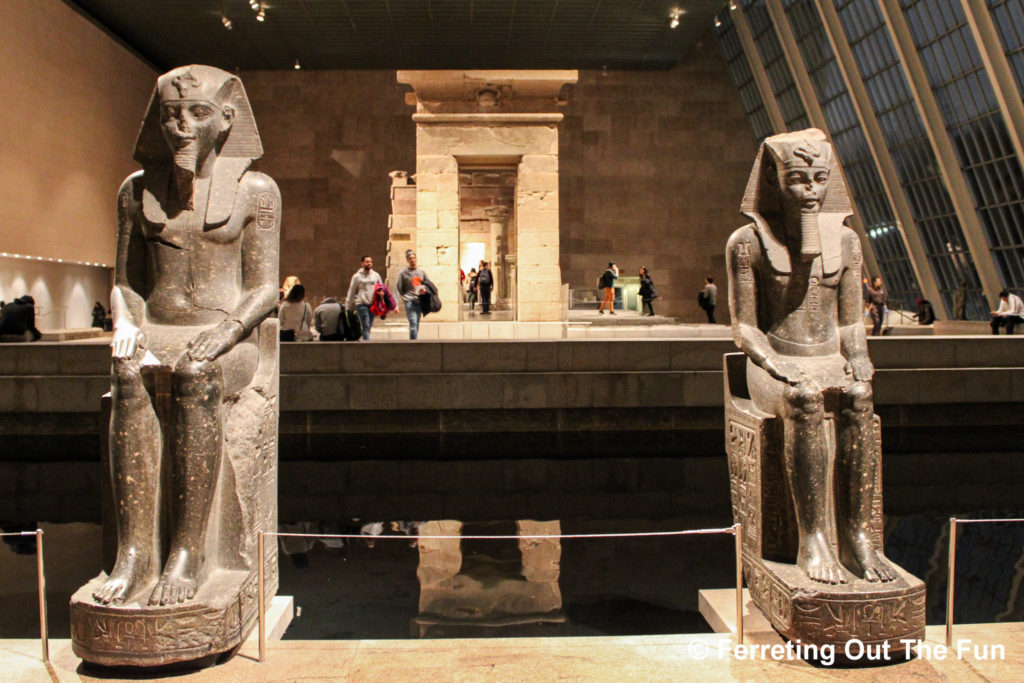
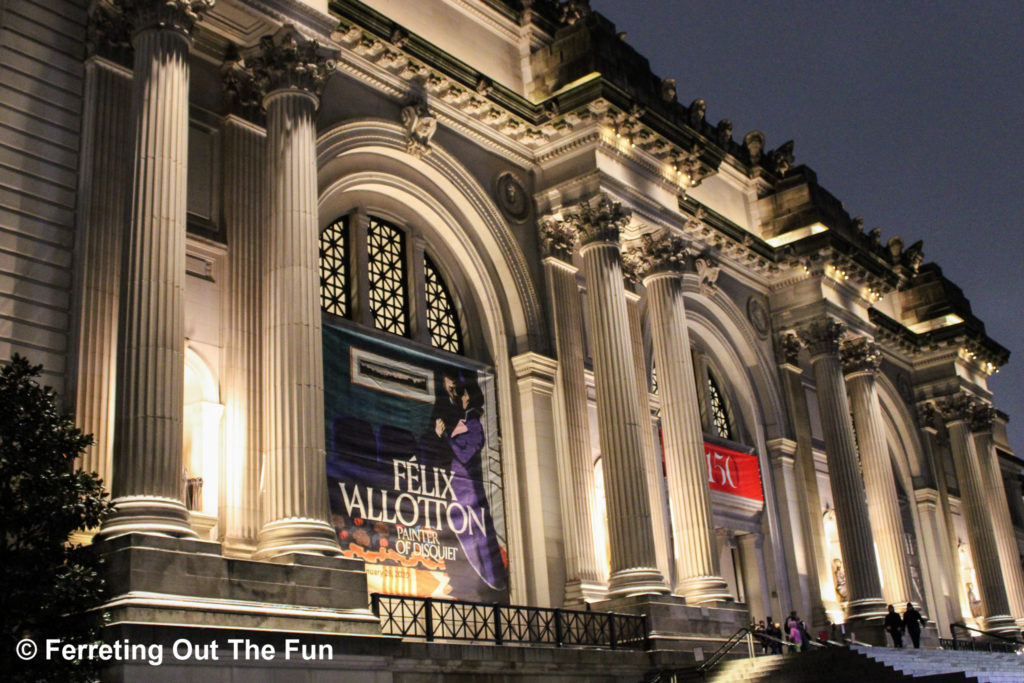
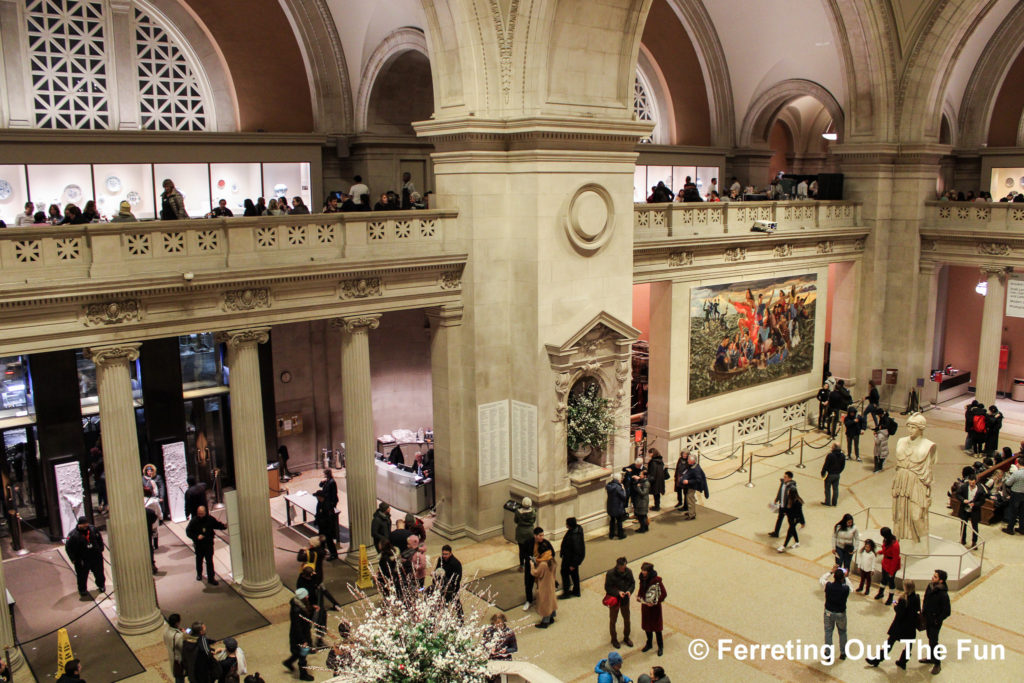
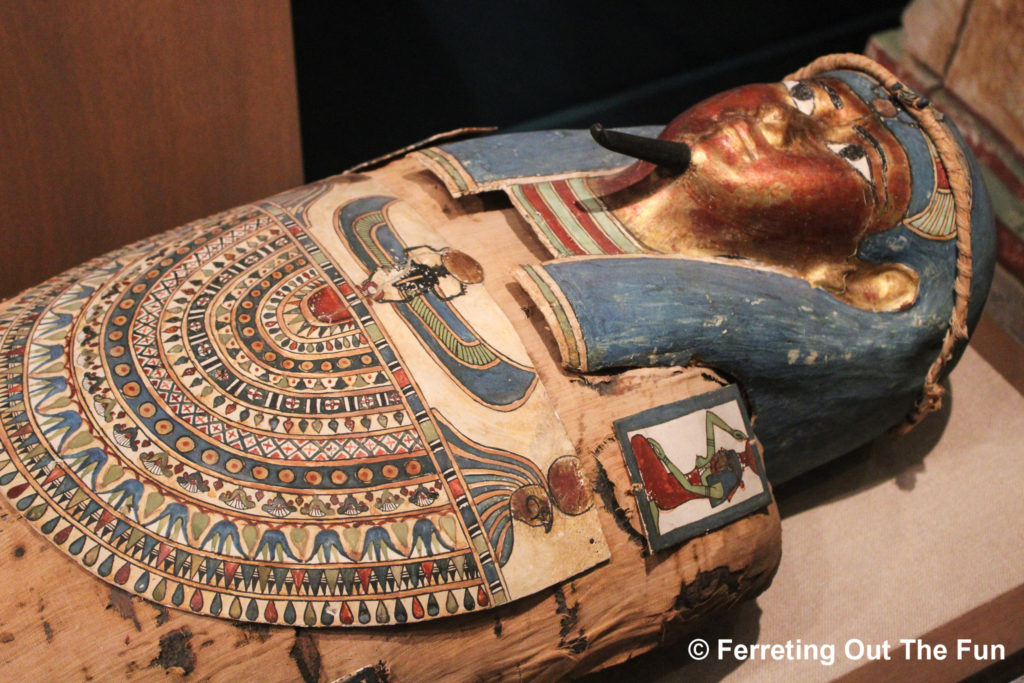
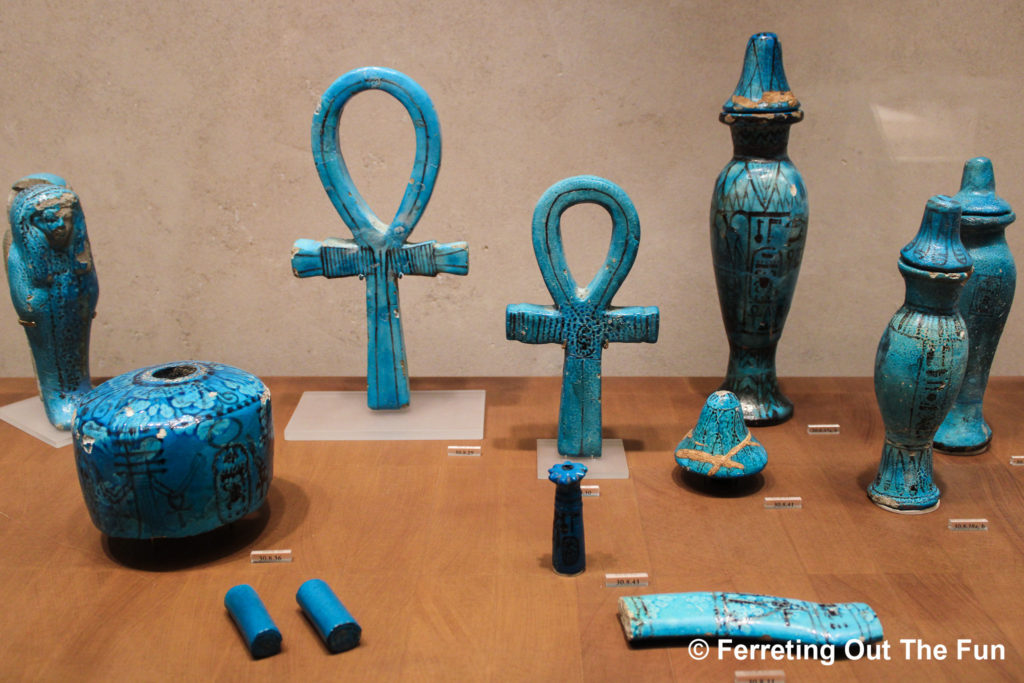
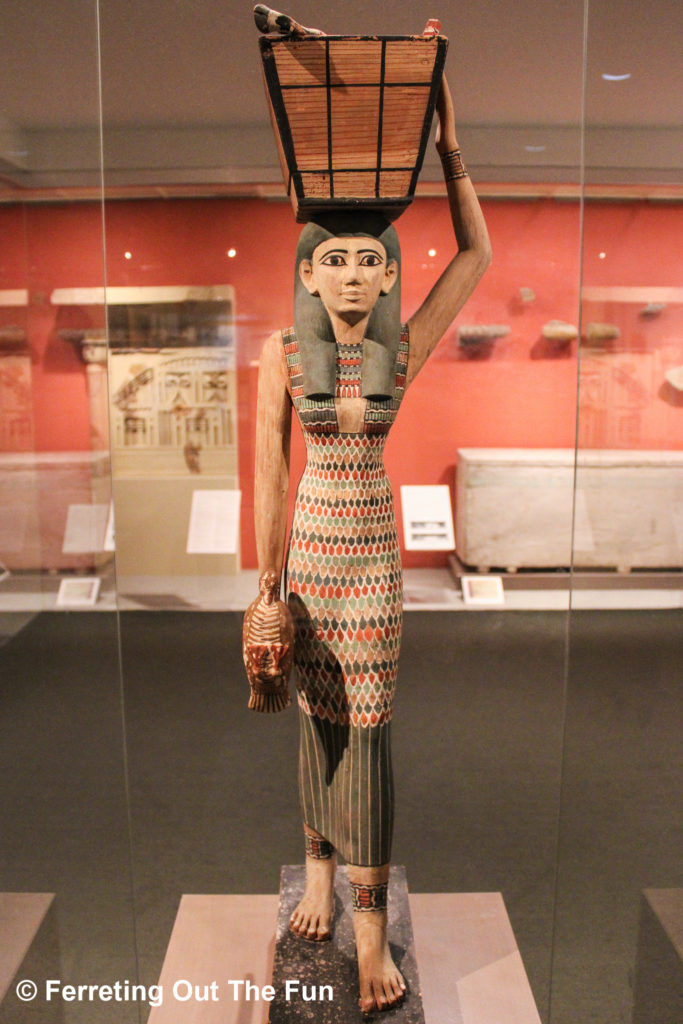
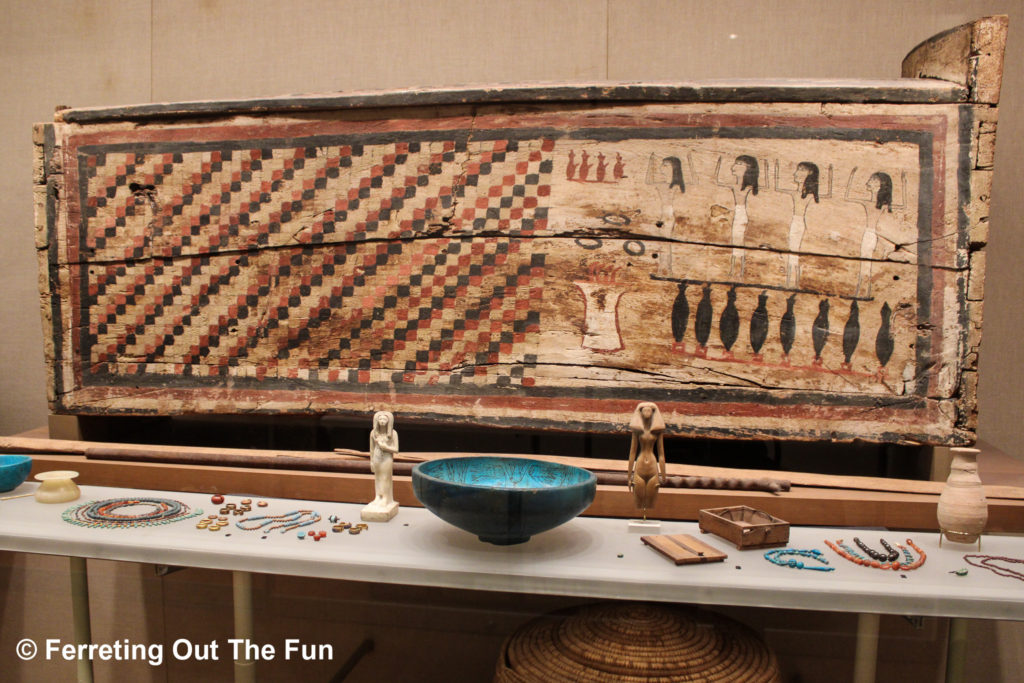
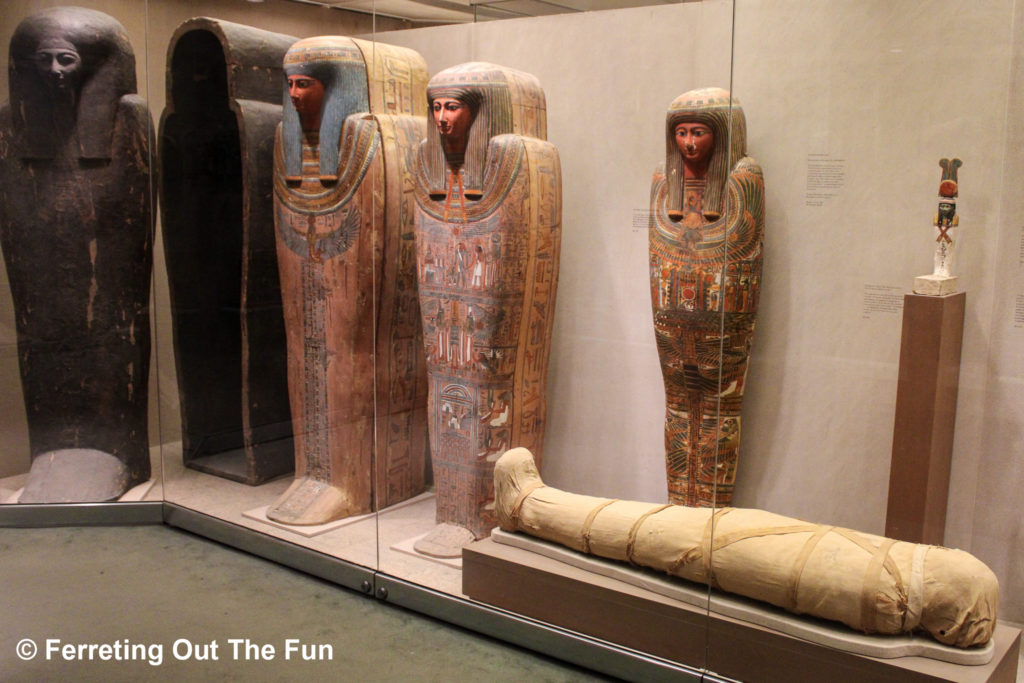
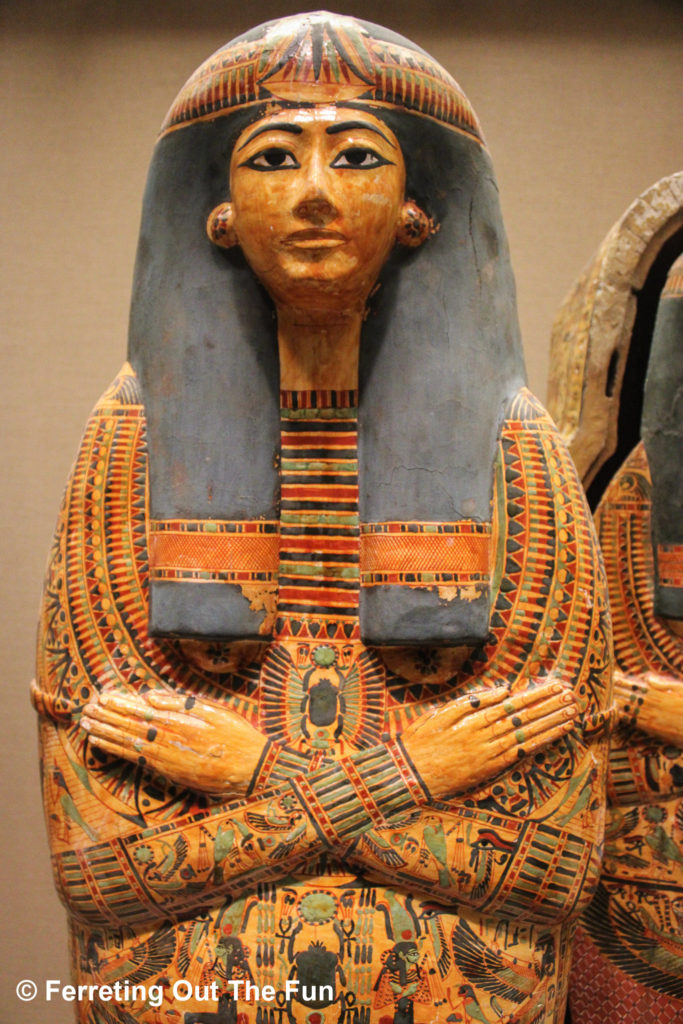
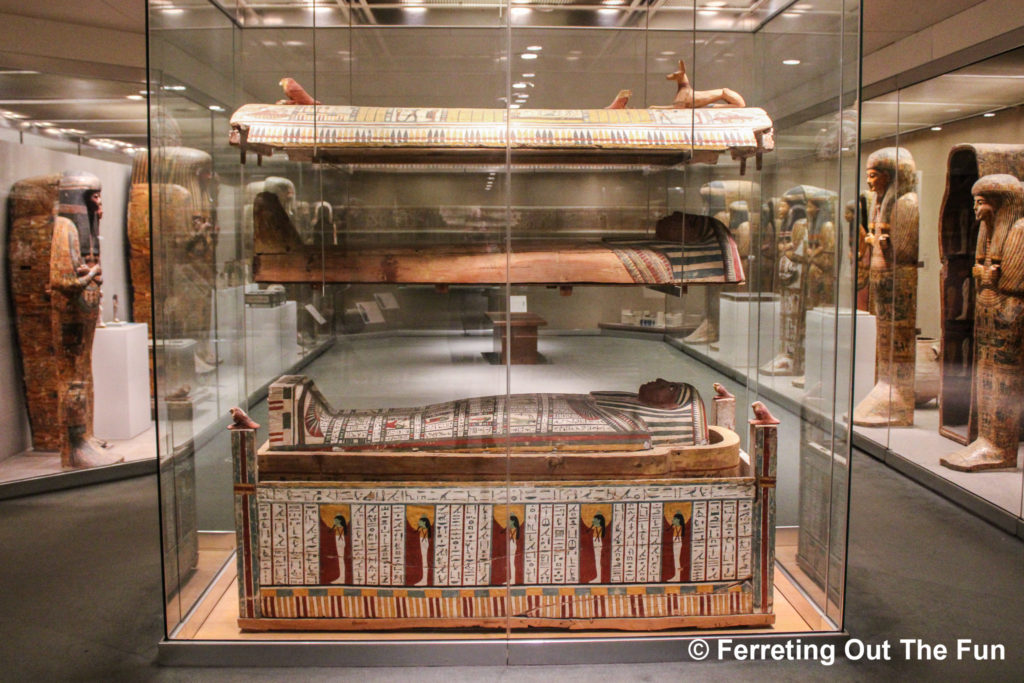
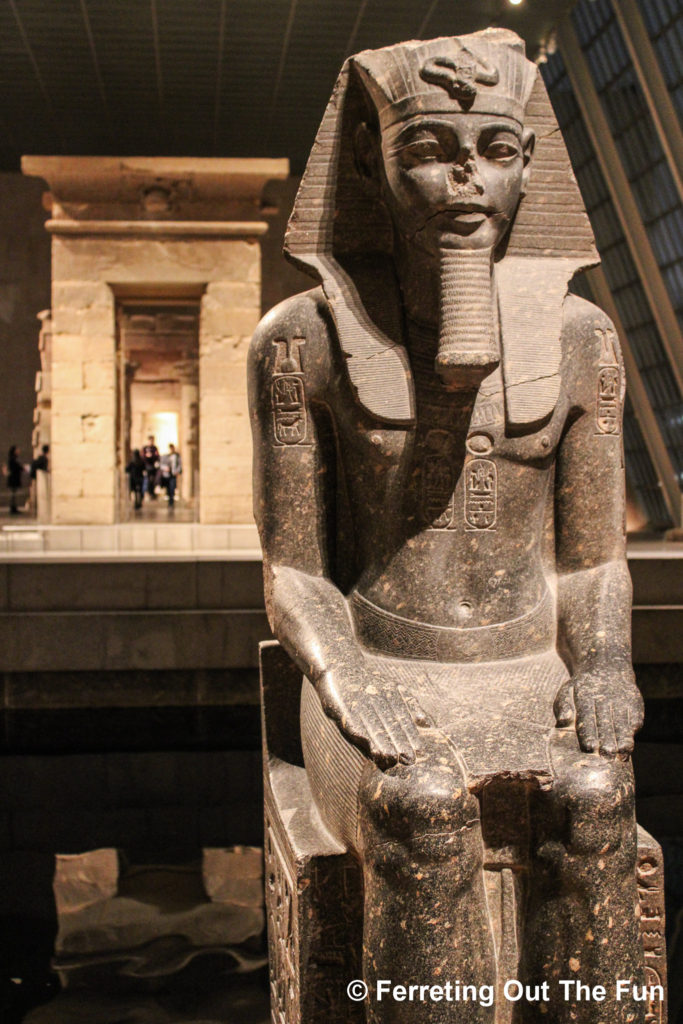
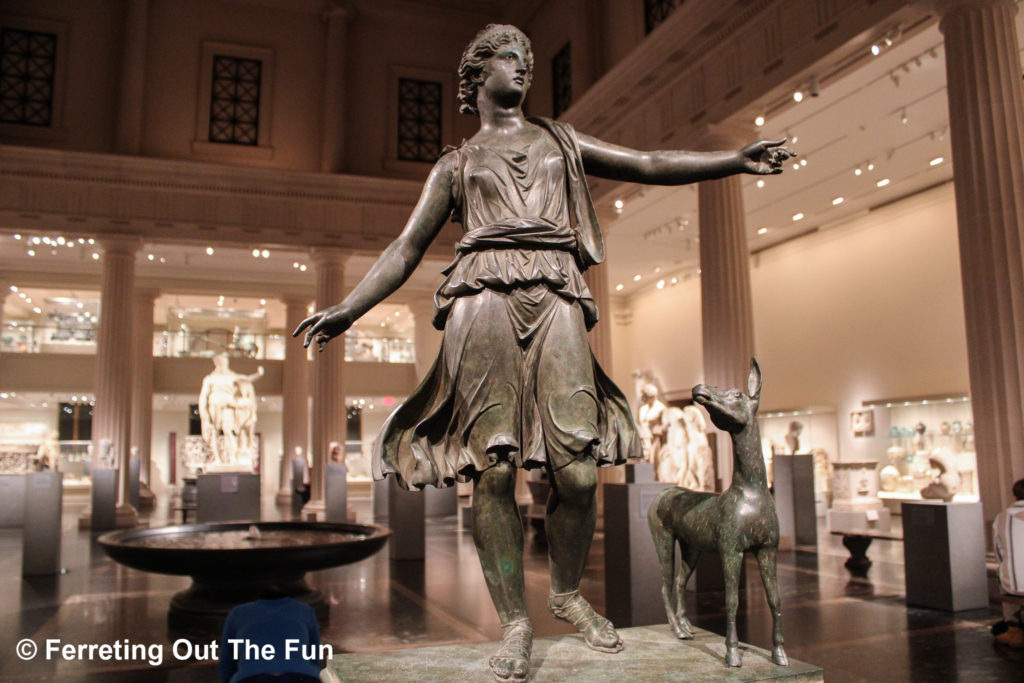
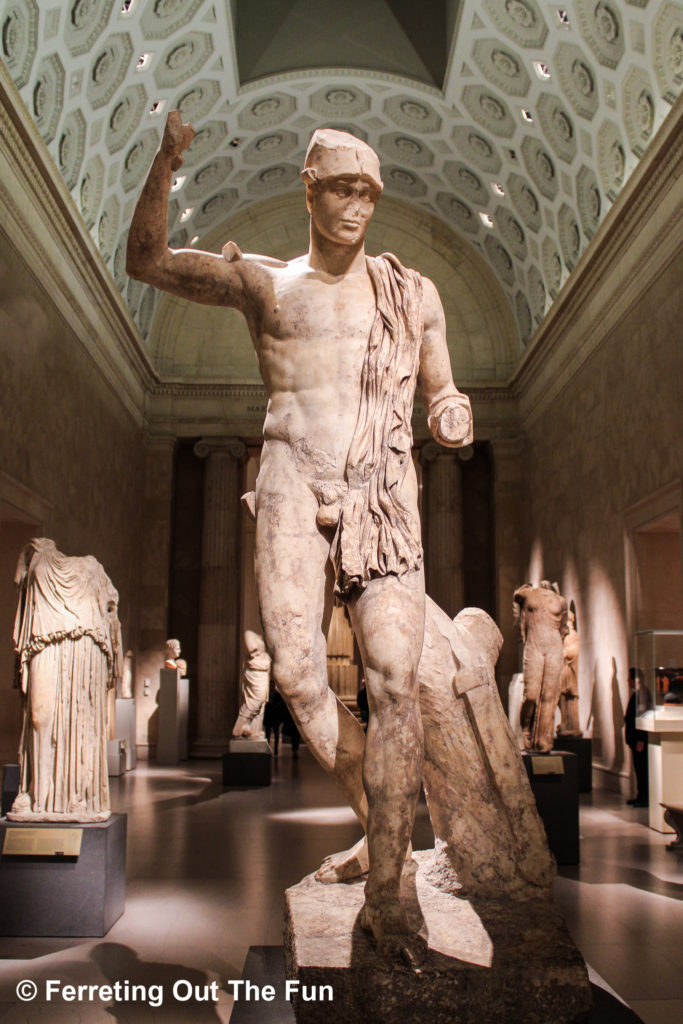
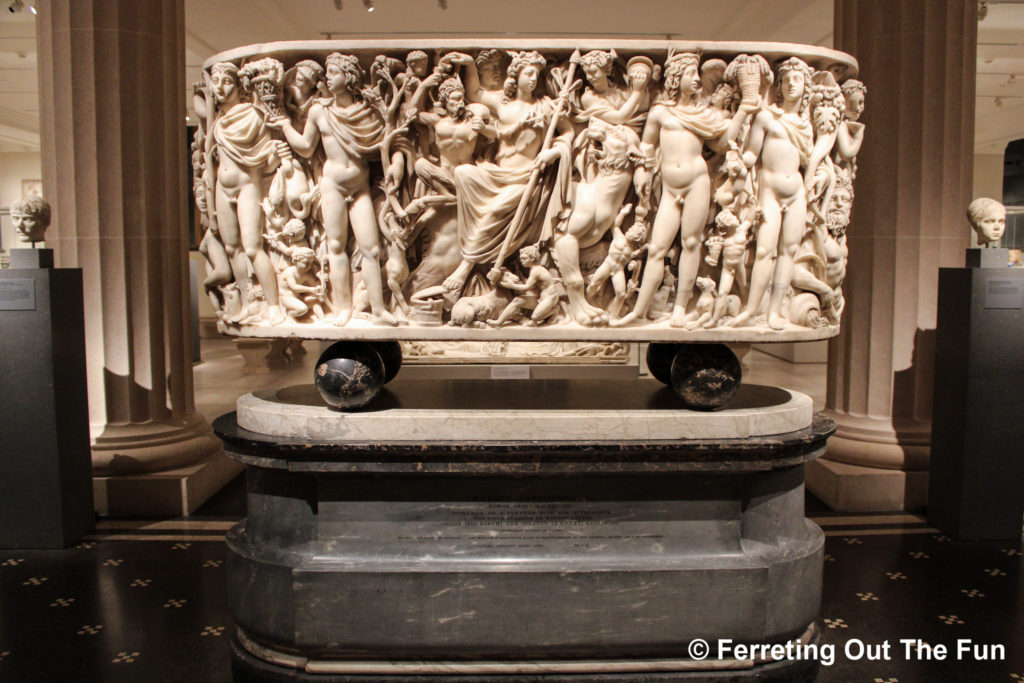
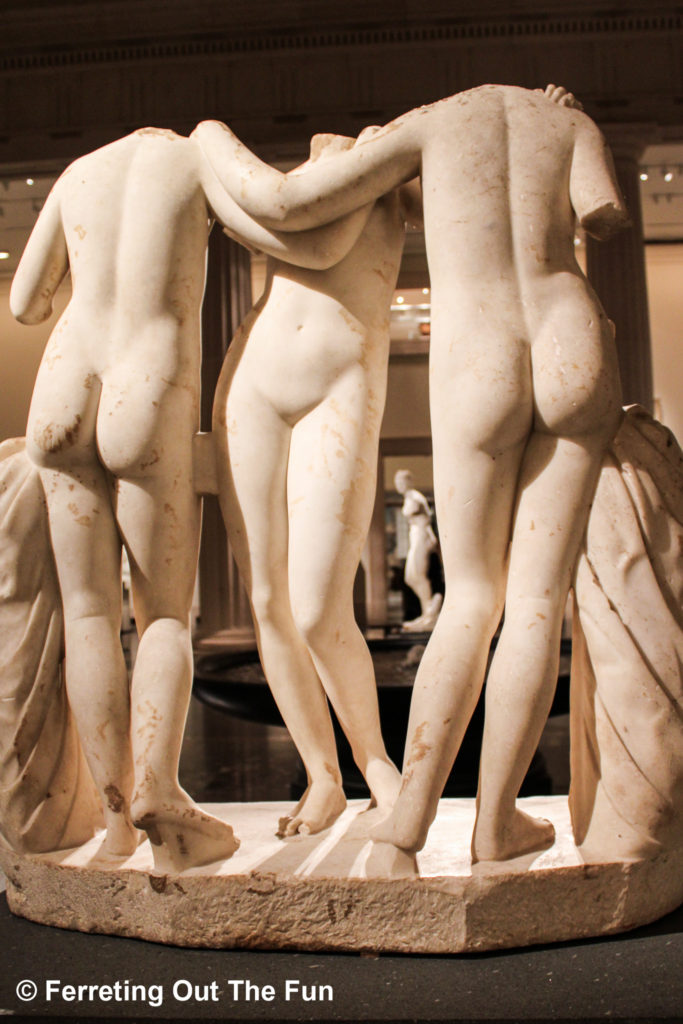

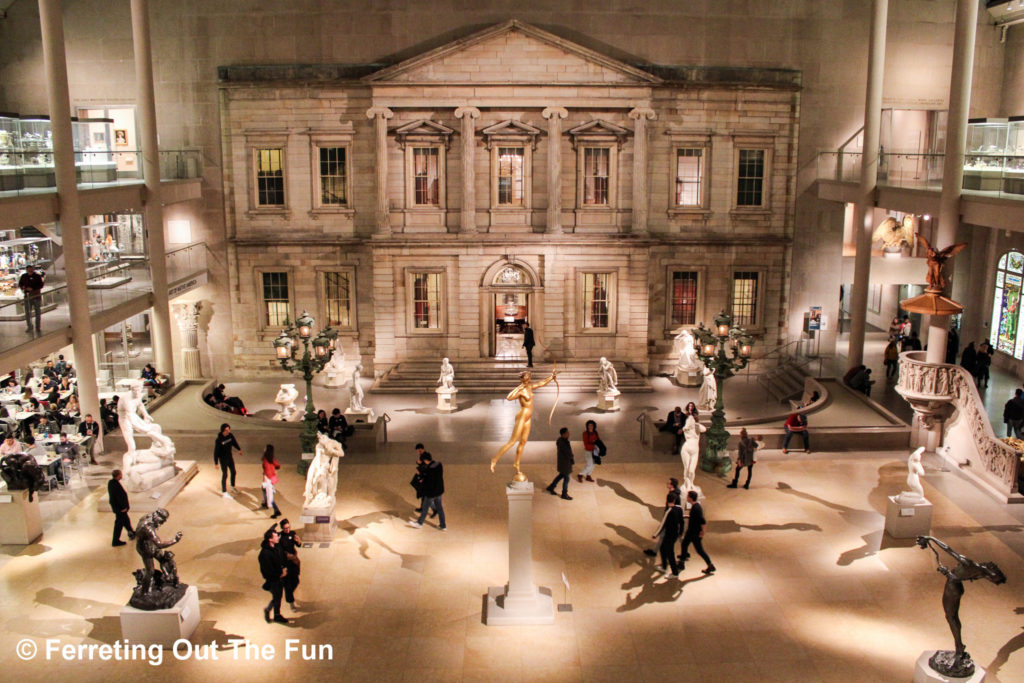
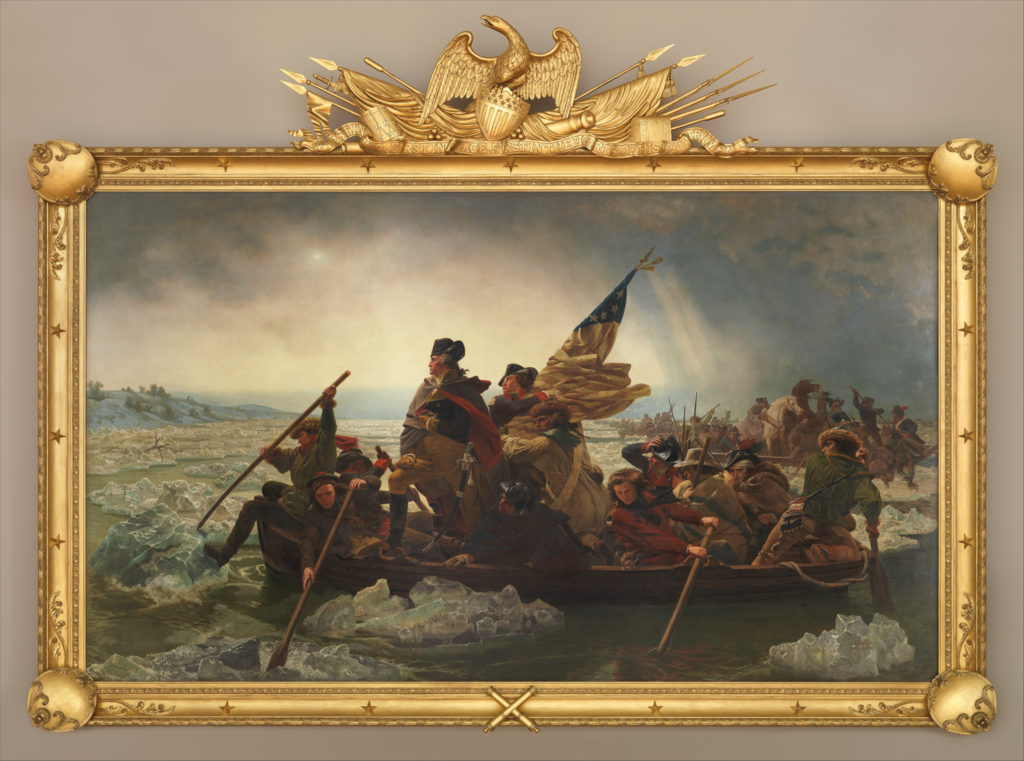
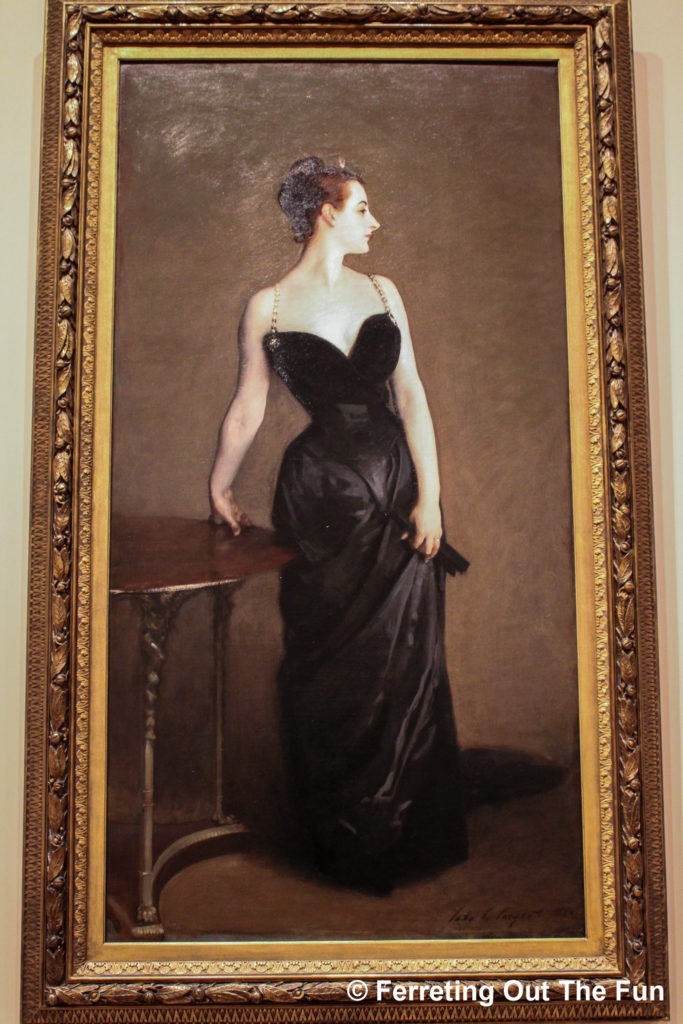
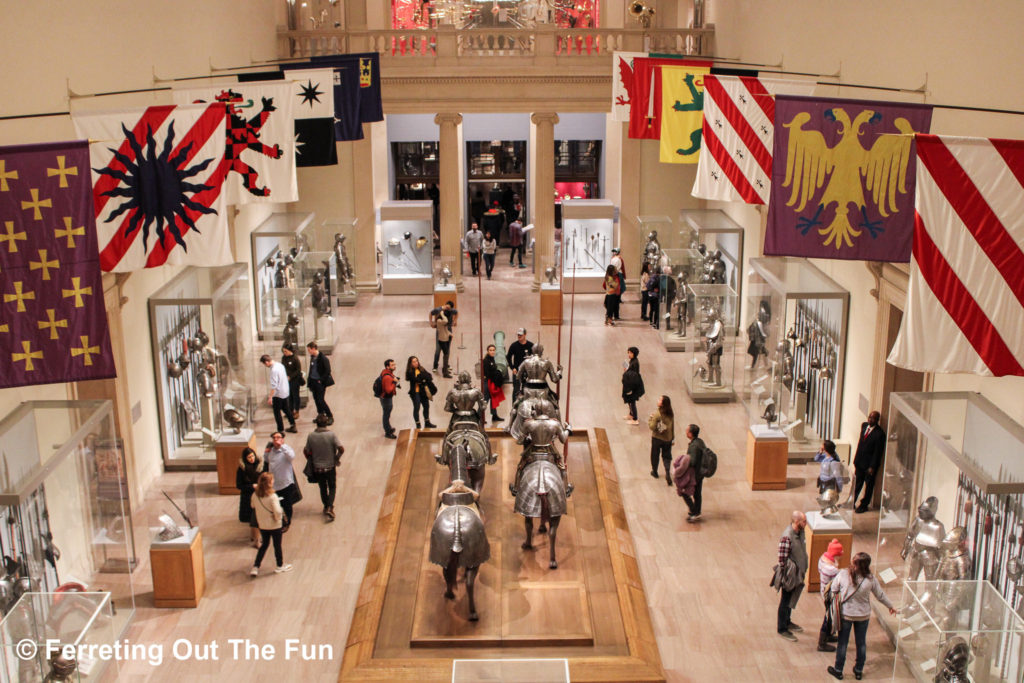
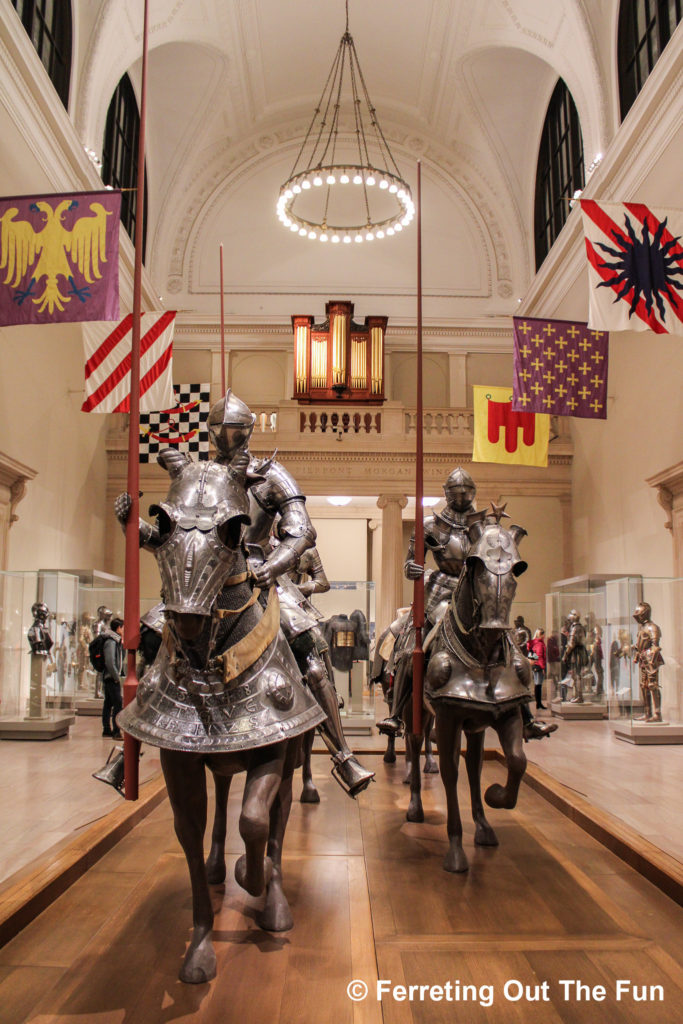
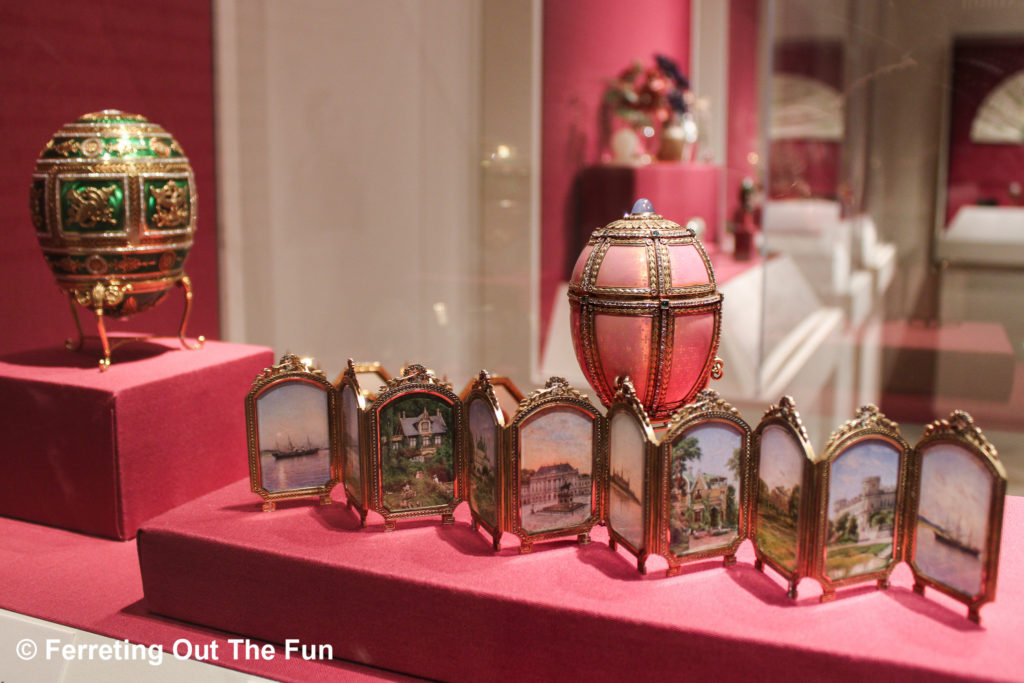
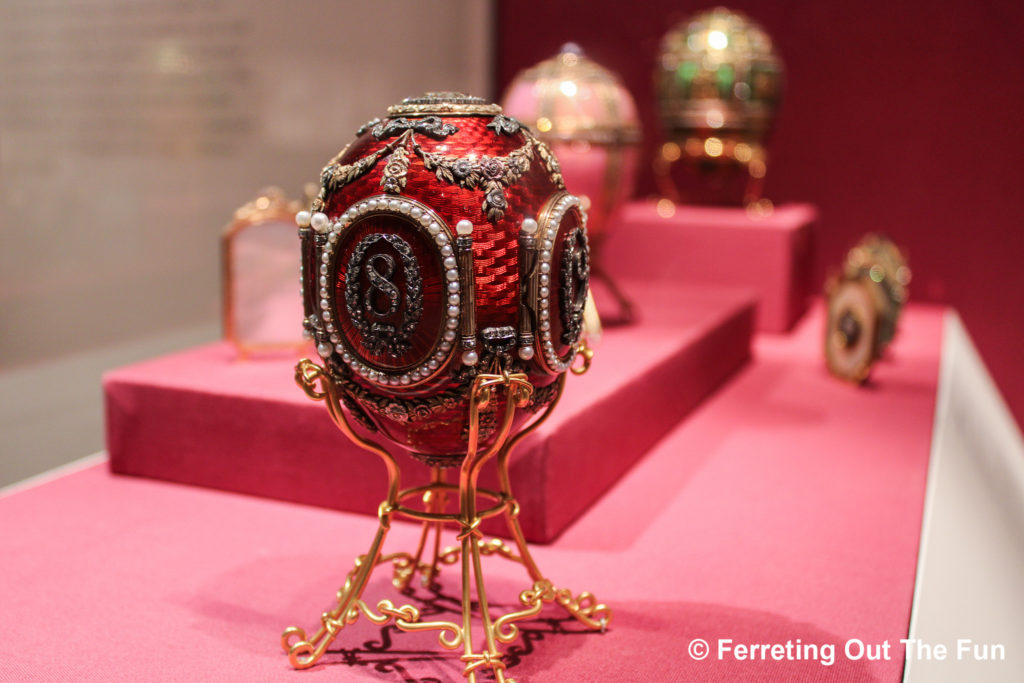
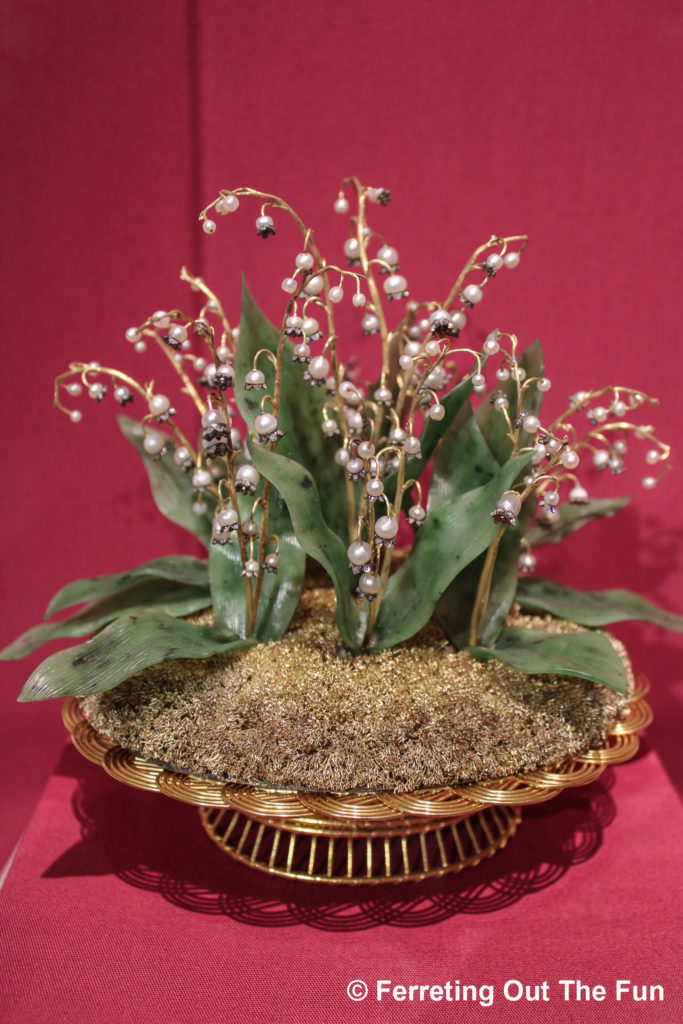
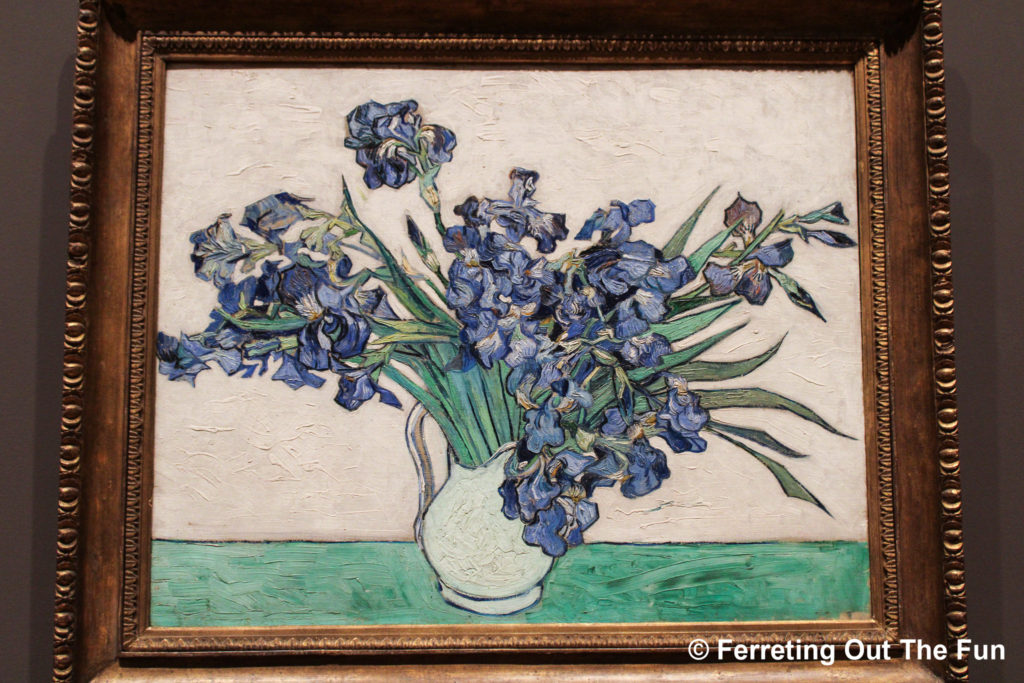
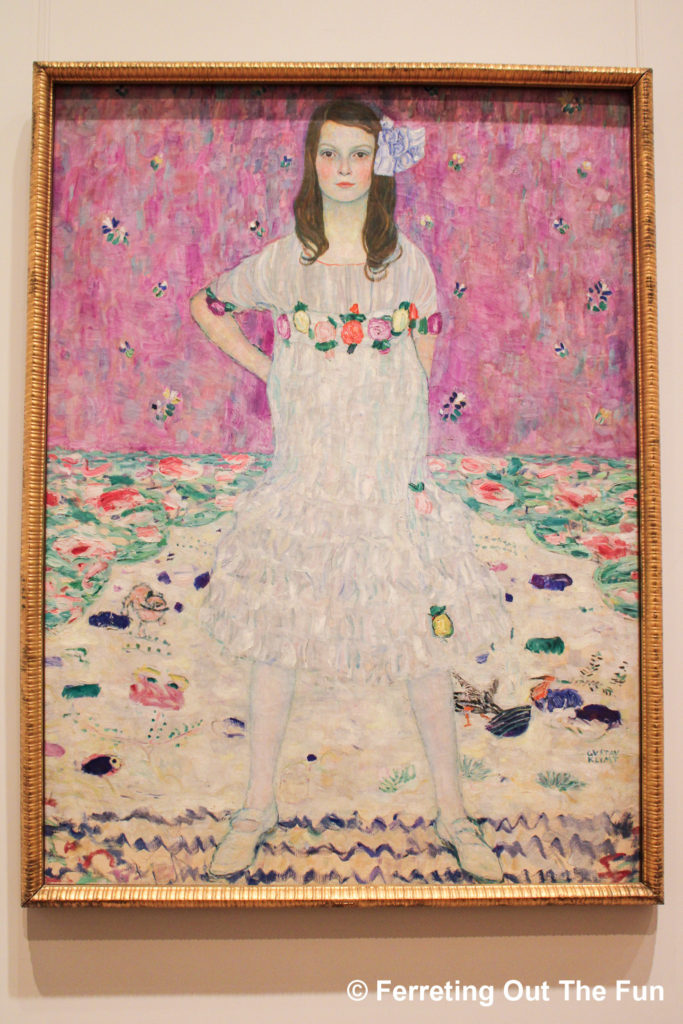
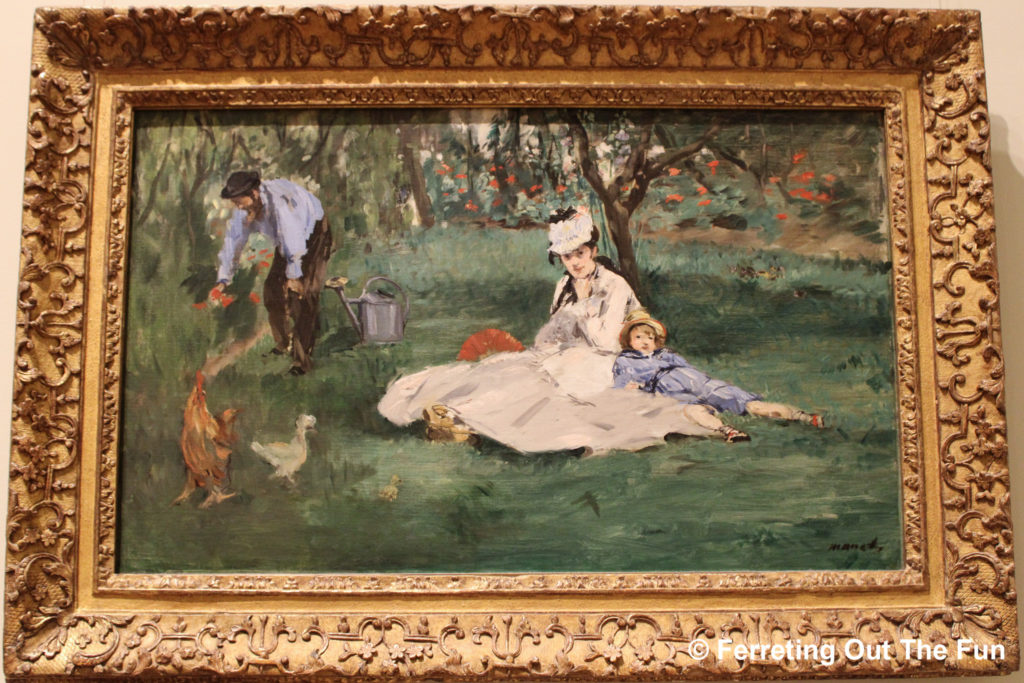
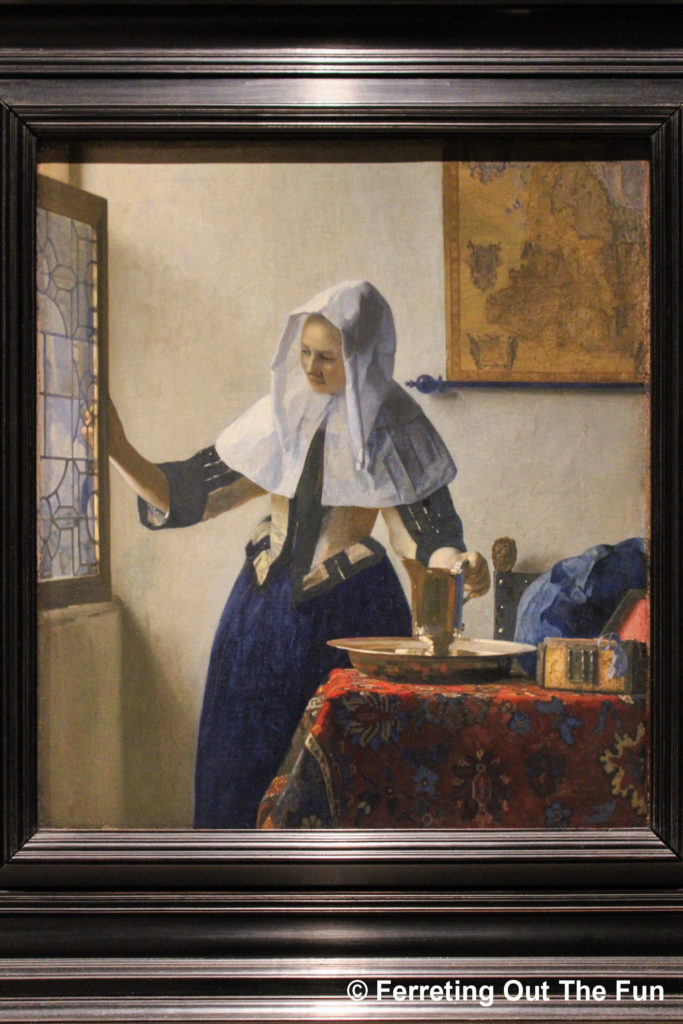
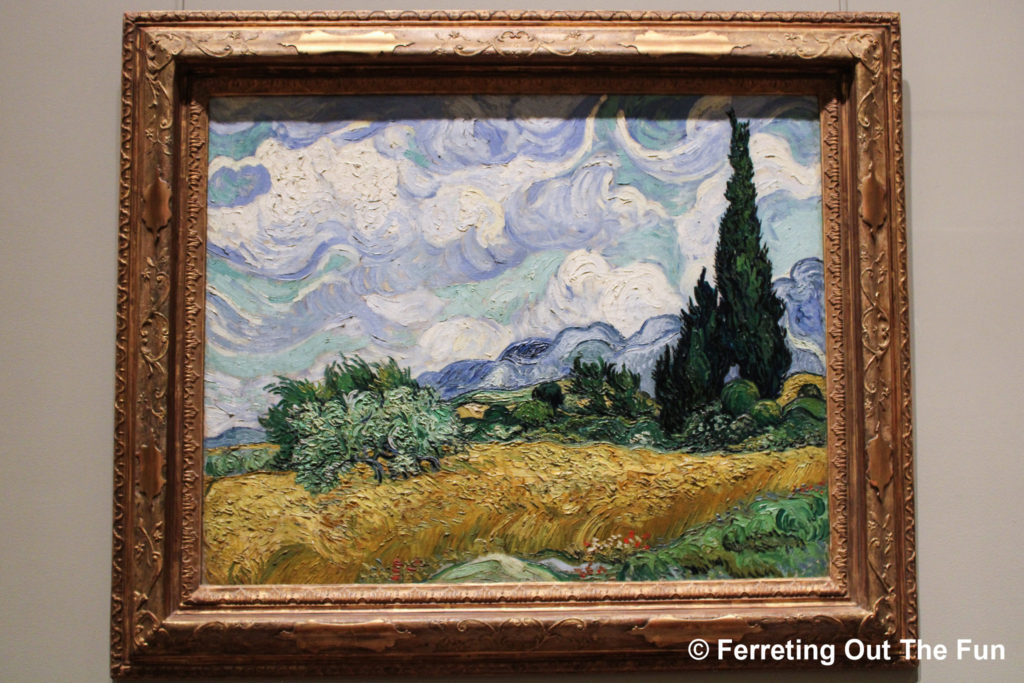
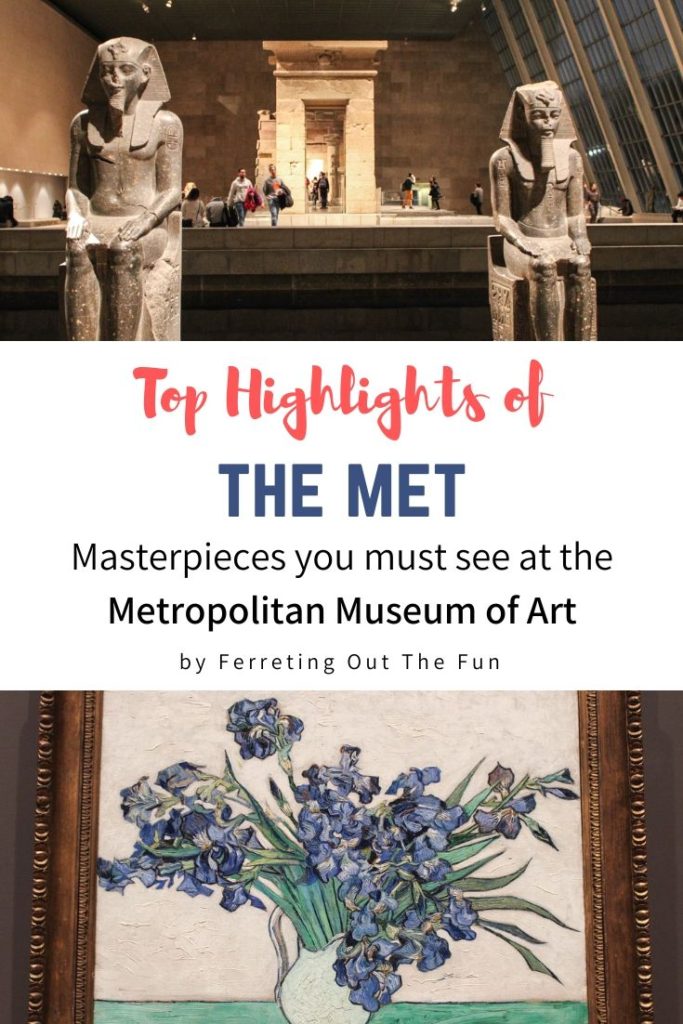
[…] collection can be found at the Musee d’Orsay in Paris, the Cleveland Museum of Art, and the Metropolitan Museum of Art, among […]